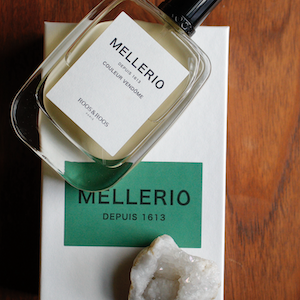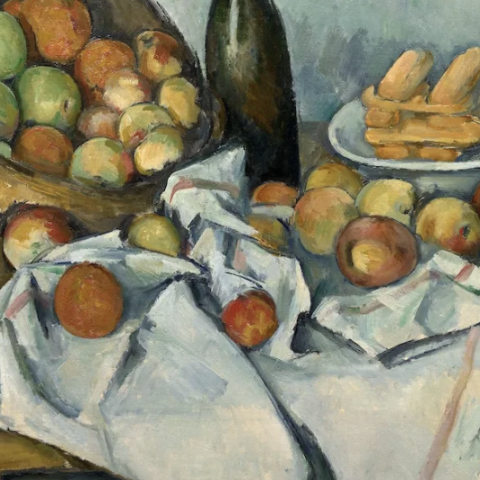Emerging Stories
By Yasmin Ayture
So many lives are so often unseen and unexplored. Yet, sometimes, the stories of life-changing events or people that change the world forever come out at a much later date. Suddenly, the non-fiction becomes alive in its full 3D glory. Exploring emerging stories, we expose in bright sunlight, women historically, who worked on the dockside and in naval ships, in a new exhibition Hidden Heroines uncovering 400 years of history and look at entertainment in the way of books that expose lesser-known stories. Find out more in Emerging Stories.
In a new upcoming Hidden Heroines Exhibition, the lives of the women are presented around dockyards, and on ships around the world, before and during the First and Second World Wars and after. The Exhibition is at Chatham Dockyards, Chatham, Kent starting 29 May – until 31 October 2021.

The dockyards: a place that’s filed in our minds by sweat-drenched muscly men hauling, repairing, pulling dragging and building. When we think of the dockyards during wartime, in particular, the images are sharper in focus in our minds of menfolk working because men have conventionally been associated with battles. Indeed, women were not integrated into the Royal Navy as fully-fledged sailors until as late as 1993.
Now, finally, the stories of the women who worked at the dockside and at sea are coming into view: clear, full and rich. These are the Hidden Heroines. During the Age of Sail (an early modern period lasting from the 16th to the 19th century where international trade and naval warfare were dominated by sailing ships), an astounding number of women managed, through various means, to head out to sea in warships, defying boundaries. Thankfully there have been real efforts to have these compelling emerging stories heard.
The experiences had by the women on board vary significantly. Hidden Heroines telling these truly diverse stories gives respect and honour to these women which they did not receive from society at the time.
Some of the women were prostitutes smuggled on board by male sailors, whilst others were the mistresses or wives of captains, meaning that their presence at sea was directly linked to these men and not because they themselves were there to work.
Whilst these women’s presence on the ships was not known publicly, the prostitutes and mistresses were of course known about by the men on board. Transitioning further into the mystery and opening the doors of the past, through this Exhibition, we also come to learn about the women who were on board in total secret: even the men on board did not know they were there. How did these women go unnoticed?
Incredibly, young women dressed in men’s clothes to disguise themselves on board, working alongside sailors for months and years without revealing their sex. A great story to emerge from this Exhibition is one of a woman named Hannah Snell who would achieve ‘celebrity’ status after spending several years dressed as a man after joining the Marines in 1747.
Indeed, Hannah sailed to India onboard HMS Swallow and took part in the siege of Pondicherry (a conflict in the Third Carnatic War, as part of the global Seven Years’ War, 1760-761). It was during the latter when Hannah was shot and wounded in her right leg, left arm and groin. Managing to prevent her sex from being revealed, at the hospital, she allowed the surgeons to treat the gunshot to her leg and arm but was said, remarkably, to have extracted the musket ball from her groin herself.
For the sailor’s wives, the Hidden Heroines tells of the strenuous and nerve-wracking roles they played during naval battles, allowing us to learn that they were far from passive or behind-the-scenes figures at sea. These women would carry powder to guns and nurse the wounded – physically and emotionally challenging roles that tackle down stereotyped assumptions of women not engaging with strenuous activities.
When the world lived through the First World War (1914-18), women replaced men in the workplace to support the war effort. For example at Chatham Dockyards, this meant that women were employed in warship construction and repair for the first time.
Indeed, by the time of the Second World War (1939-45), severe labour shortages meant women were actually conscripted to work in industry, or in the auxiliary services from the end of 1941, so even more women joined the dockyard workforce. However, it was not until 1971 that the Dockyard employed its first female apprentice, Zandra Bradley, a lady responsible for making history.

Chatham Dockyards’ First female apprentice, Zandra Bradley, 1971
The Exhibition includes a mixture of photographs, fascinating archive materials and extraordinary objects and soundscapes for a very inclusive, engaging and interesting experience.
Fast forwards to today, and The Royal Navy is one of the UK’s top employers of women, signifying the mountains which have moved in gender equality. Hidden Heroines Curator Alexandra Curson says that this is most definitely in part thanks to the women who came before who were willing to challenge gender roles and break down barriers, much to the testament of their bravery, independence and strength.
Emerging stories that are unveiled and re-told in the realm of the present from the past times in which there were no observers, only protagonists living the reality. A story that is separate yet intersecting, complete only when told together is the British historical novel, George and Arthur.

Julian Barnes wrote this novel but draws on the truth as it tells the real story of ‘The Great Wyrley Outrages’ in 1903 – a series of surprise killings of sheep, horses and cows in Staffordshire, England for which an innocent man was initially convicted.
George Edalji is a half-Indian, a Solicitor and son of a Vicor who was put on trial, convicted and imprisoned for a crime he did not commit, the epitome of injustice and the frantic call for the true happenings to emerge.
Central to the story, the world-famous author of the Sherlock Holmes stories, Sir Arthur Conan Doyle attempts to clear Edalji’s name from this crime and bring the true culprit into the light of day.
The novel, and later television series, do not aim to re-tell history accurately at every juncture, instead, bringing a contemporary edge to this story. Can you ever walk in someone’s shoes, let alone the shoes that were walked over a century before your own?

As in Hidden Heroines, George and Arthur tells a story from the past, emerging to re-gain its full shape in the wider world. Bringing the past into the present, launching someone’s experience into a dimension of our own: this is the bursting transition from the small and invisible, and now non-existent memories and moments into the space of current reality and appreciation.
For those who cannot attend in person at the moment, there is an online exhibition for Hidden Heroines Here and for more general information about the Exhibition please click Here. If you have enjoyed reading Emerging Stories, why not read Real.



